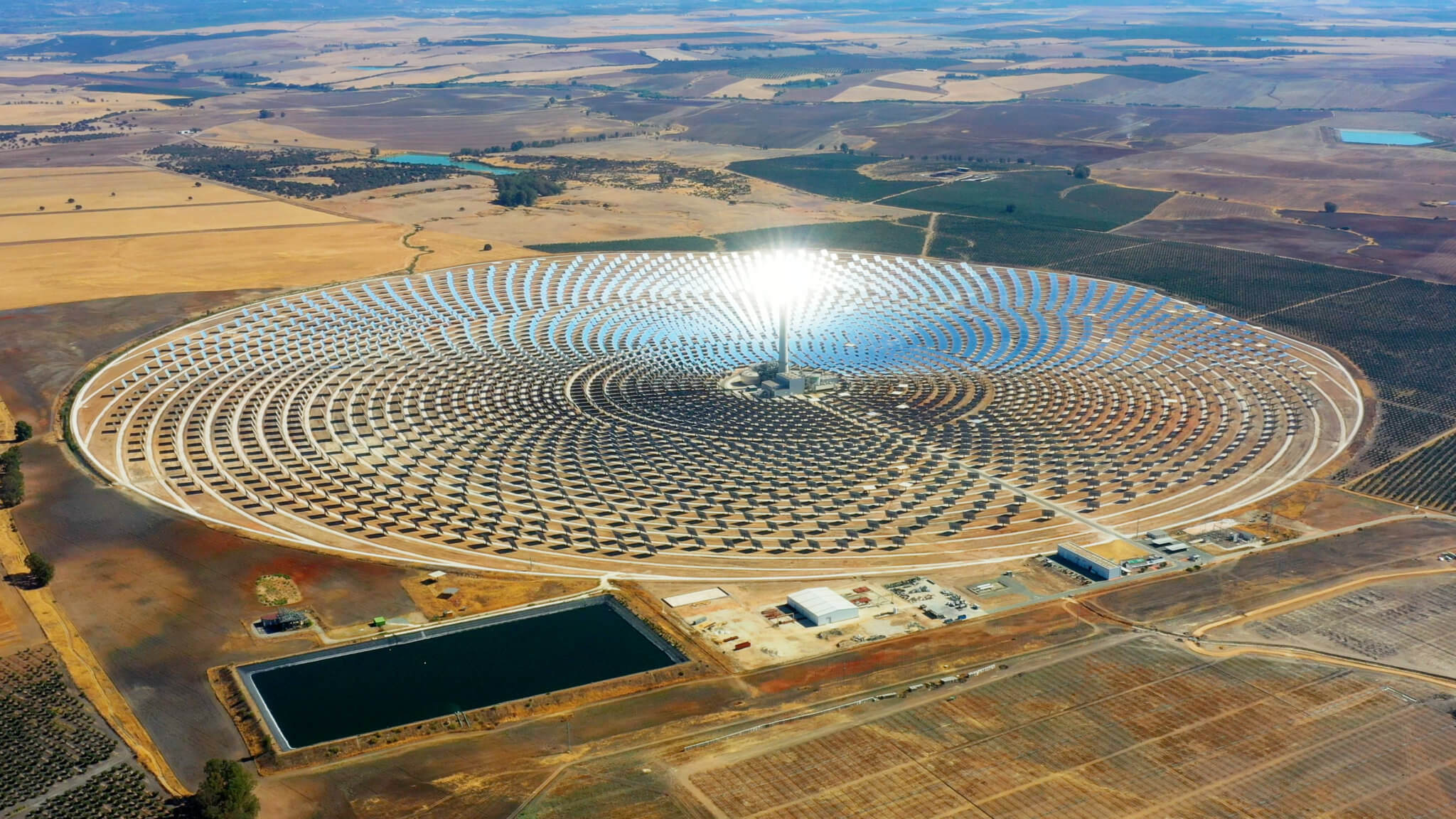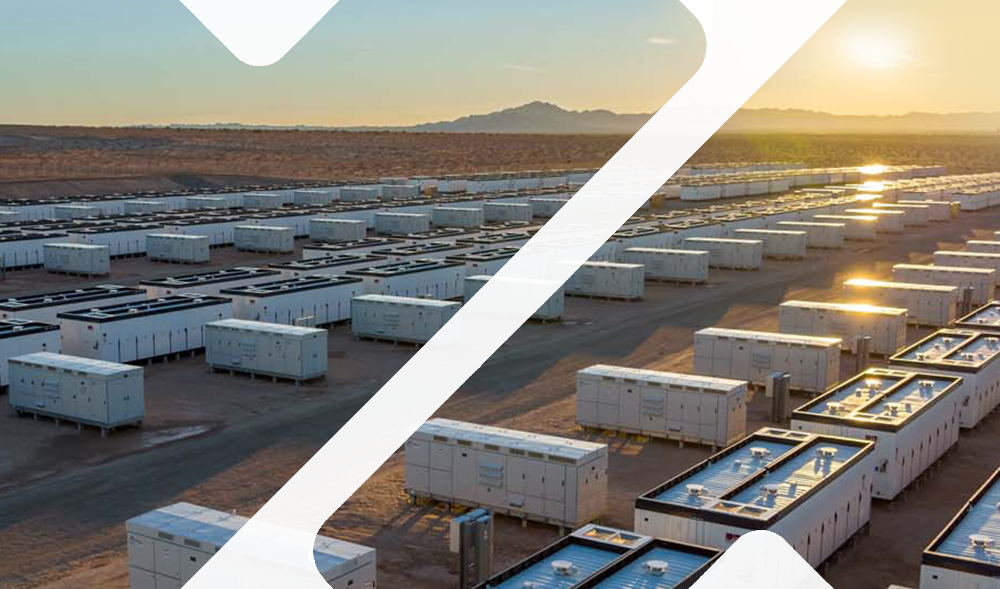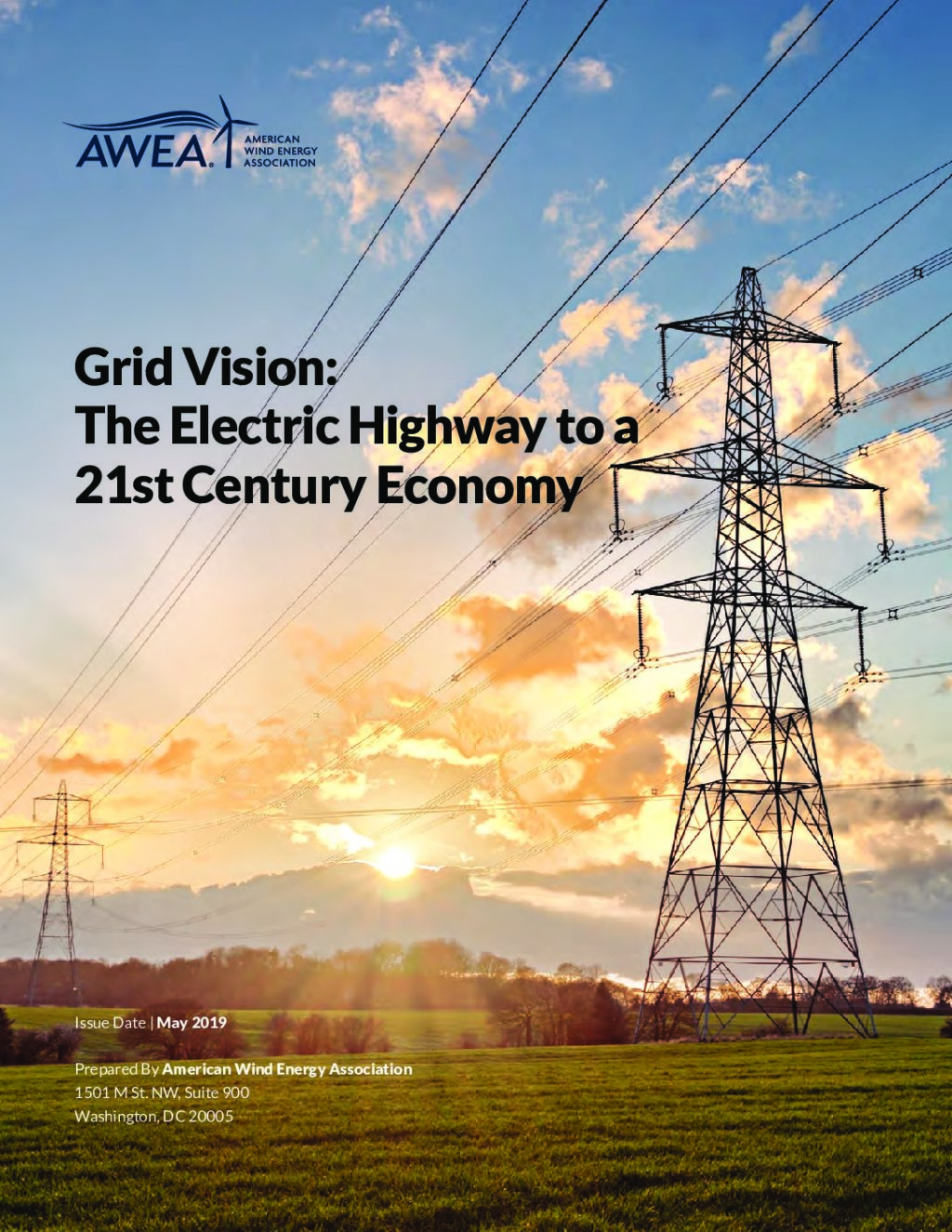American Clean Power
Thermal energy storage
Thermal energy storage (TES) is a critical enabler for the large-scale deployment of renewable energy and transition to a decarbonized building stock and energy system by 2050.
How much energy is stored in a coffee thermos?
Thermal energy storage technologies allow us to temporarily reserve energy produced in the form of heat or cold for use at a different time.
Take for example modern solar thermal power plants, which produce all of their energy when the sun is shining during the day. The excess energy produced during peak sunlight is often stored in these facilities – in the form of molten salt or other materials – and can be used into the evening to generate steam to drive a turbine to produce electricity. Alternatively, a facility can use ‘off-peak’ electricity rates which are lower at night to produce ice, which can be incorporated into a building’s cooling system to lower demand for energy during the day.
A well-designed thermos or cooler can store energy effectively throughout the day, in the same way thermal energy storage is an effective resource at capturing and storing energy on a temporary basis to be used at a later time.
Learn more about thermal energy storage technologies below.
Thermal energy storage at a glance
50%
75-80%
2050
Pumped Heat Electrical Storage (PHES)
In Pumped Heat Electrical Storage (PHES), electricity is used to drive a storage engine connected to two large thermal stores.
To store electricity, the electrical energy drives a heat pump, which pumps heat from the “cold store” to the “hot store” (similar to the operation of a refrigerator). To recover the energy, the heat pump is reversed to become a heat engine. The engine takes heat from the hot store, delivers waste heat to the cold store, and produces mechanical work. When recovering electricity the heat engine drives a generator.
Thermal energy generation
Liquid Air Energy Storage (LAES)
Liquid Air Energy Storage (LAES) uses electricity to cool air until it liquefies, stores the liquid air in a tank, brings the liquid air back to a gaseous state (by exposure to ambient air or with waste heat from an industrial process) and uses that gas to turn a turbine and generate electricity.
LAES systems use off the shelf components with long lifetimes (30 years +), resulting in low technology risk. Liquid Air Energy Storage (LAES) is sometimes referred to as Cryogenic Energy Storage (CES). The word “cryogenic” refers to the production of very low temperatures.





